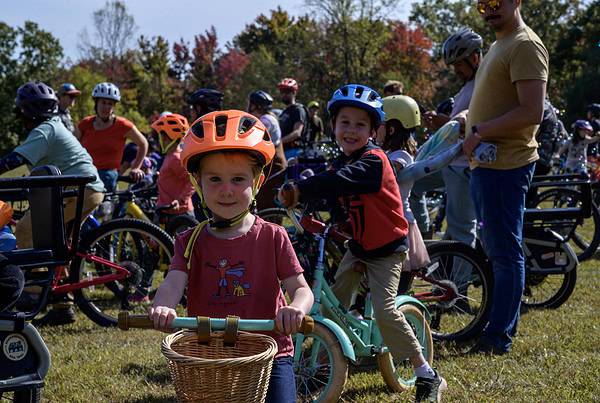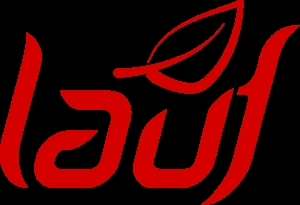Burns will Promote Wildlife and Reduce the Risk of Wildfire
![]() February 21 – Harrisonburg, VA – The George Washington and Jefferson National Forests provide habitat for many plant and animal species across the lands they manage in Virginia and West Virginia, including nearly 300 considered threatened, endangered and locally rare. To help maintain and create habitat for these and other species Forest Service fire specialists are burning 5,592 acres on Shenandoah Mountain in Rockingham County. The Hone Quarry burn is bordered by SR 257, FDR 85, FDR 62, Hone Quarry Run and a combination of hand line and dozer line. Burning will likely occur over at least a 3-day period. Although this burn can be conducted during any month of the year, the preferred timeframe for treatment would be between the months of April and September. You may see this burn in the next few weeks. We expect smoke to be visible, particularly from Bridgewater and surrounding locations and residents nearby in Briery Branch will smell smoke. In all nearby locations, the smoke will most likely settle in lower elevations and valleys during the night and early mornings.
February 21 – Harrisonburg, VA – The George Washington and Jefferson National Forests provide habitat for many plant and animal species across the lands they manage in Virginia and West Virginia, including nearly 300 considered threatened, endangered and locally rare. To help maintain and create habitat for these and other species Forest Service fire specialists are burning 5,592 acres on Shenandoah Mountain in Rockingham County. The Hone Quarry burn is bordered by SR 257, FDR 85, FDR 62, Hone Quarry Run and a combination of hand line and dozer line. Burning will likely occur over at least a 3-day period. Although this burn can be conducted during any month of the year, the preferred timeframe for treatment would be between the months of April and September. You may see this burn in the next few weeks. We expect smoke to be visible, particularly from Bridgewater and surrounding locations and residents nearby in Briery Branch will smell smoke. In all nearby locations, the smoke will most likely settle in lower elevations and valleys during the night and early mornings.
Safety of the public and fire personnel is our primary concern during this prescribed burn. Those responsible for this burn are well trained and have years of experience working with fire in protecting surrounding communities, themselves, and the land they are working to manage. Experienced fire specialists will closely monitor local weather conditions, such as wind and humidity, and make adjustments in the schedule as needed to ensure the safety of both crewmembers and local residents. Prior to lighting the burn, crews construct and designate firebreaks to keep the fire within the burn area.
Burns will Promote Wildlife and Reduce the Risk of Wildfire
The effect of fire on the forest will mimic what this disturbance did historically when it occurred much more frequently by opening the ground to more sunlight and encouraging oak and pine regeneration. In most areas, the fire will move slowly down the ridges with low flames, while in other areas where the ridges face south and have an abundance of pine the fire will be hotter with higher flames. Some individual trees may burn and there will be patches where groups of trees will be burned but the fire should travel mostly across the forest floor burning leaves and scattered fallen limbs.
We are rapidly losing or do not have young oaks and pine forests, open areas, and critical wildlife habitat due to 100 years of fire suppression and an aging forest. For thousands of years, fire shaped our forests and the wildlife they support and our lands actually need fire to be healthy and establish the next generation of trees. Research shows that fire historically occurred at least every 3-15 years in our area depending on weather and burning conditions. Low intensity prescribed burns create and maintain open areas where a diverse mix of grasses, wildflowers and shrubs grow and provide valuable food and cover for wildlife. These planned burns help to make the land healthier for people, forests, and wildlife, such as bear, deer, turkey, grouse and many migratory songbirds plus many rare and declining species.
For more information on our prescribed burn program, please contact the North River Ranger District at 540-432-0187.





